Are Your Cash Processes Susceptible to Fraud?
Churches rely on tithes and offerings each week to keep their various ministries operating.
Many churches follow the same collection process: the cash is collected in offering plates or buckets that are passed among members, while some churches offer additional collection boxes in the foyer. The offerings are collected by one or two members and taken to a room for sorting and counting. In some churches, the offering is then placed into a safe until it can be recorded and prepared for deposit. Other churches may take the offering to the bank and place it in the night deposit box, where it is picked up the next day by the church bookkeeper.
No matter what process your church follows, there are multiple points along the journey from collection to deposit where the cash is susceptible to theft or fraud.
Charitable contributions by individuals reached $229 billion in 2012, according to Giving USA. Unfortunately, according to a 2012 study by the Association of Certified Fraud Examiners (ACFE), organizations lose 5% of revenues to theft and fraud each year.
Skimming is a type of fraud where cash is stolen from the church before it can be recorded in the financial records. Skimming is a fraud risk that all churches face. Anywhere a church may receive cash, whether in the offering plate, in the mail, at the coffee shop or in the bookstore, cash is susceptible to skimming.
In fact, skimming is one of the more frequent ways funds are stolen from organizations. The ACFE study found that skimming occurred in 14.6% of fraud cases, and that this type of fraud lasted 24 months before being discovered.
This highlights the reason why churches need to have strong controls over the cash collection process.
Do you have adequate controls in place to safeguard your cash and contributions?
To identify 9 key controls that will protect your church cash, read my next blog post, here.
Integrity at Stake: Safeguarding Your Church’s Honor provides several more controls to help your church protect it’s cash and assets and reduce the threat of fraud and abuse.
To find out more about the book and make a purchase, click here.
